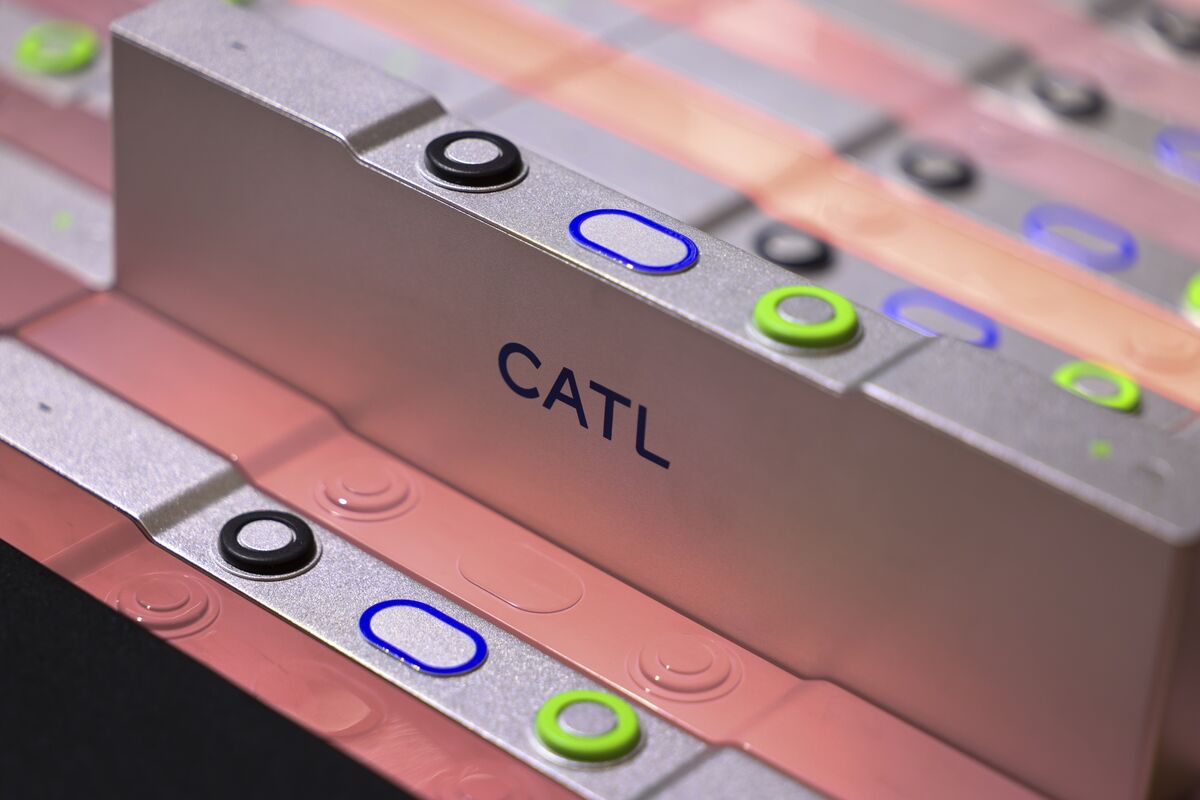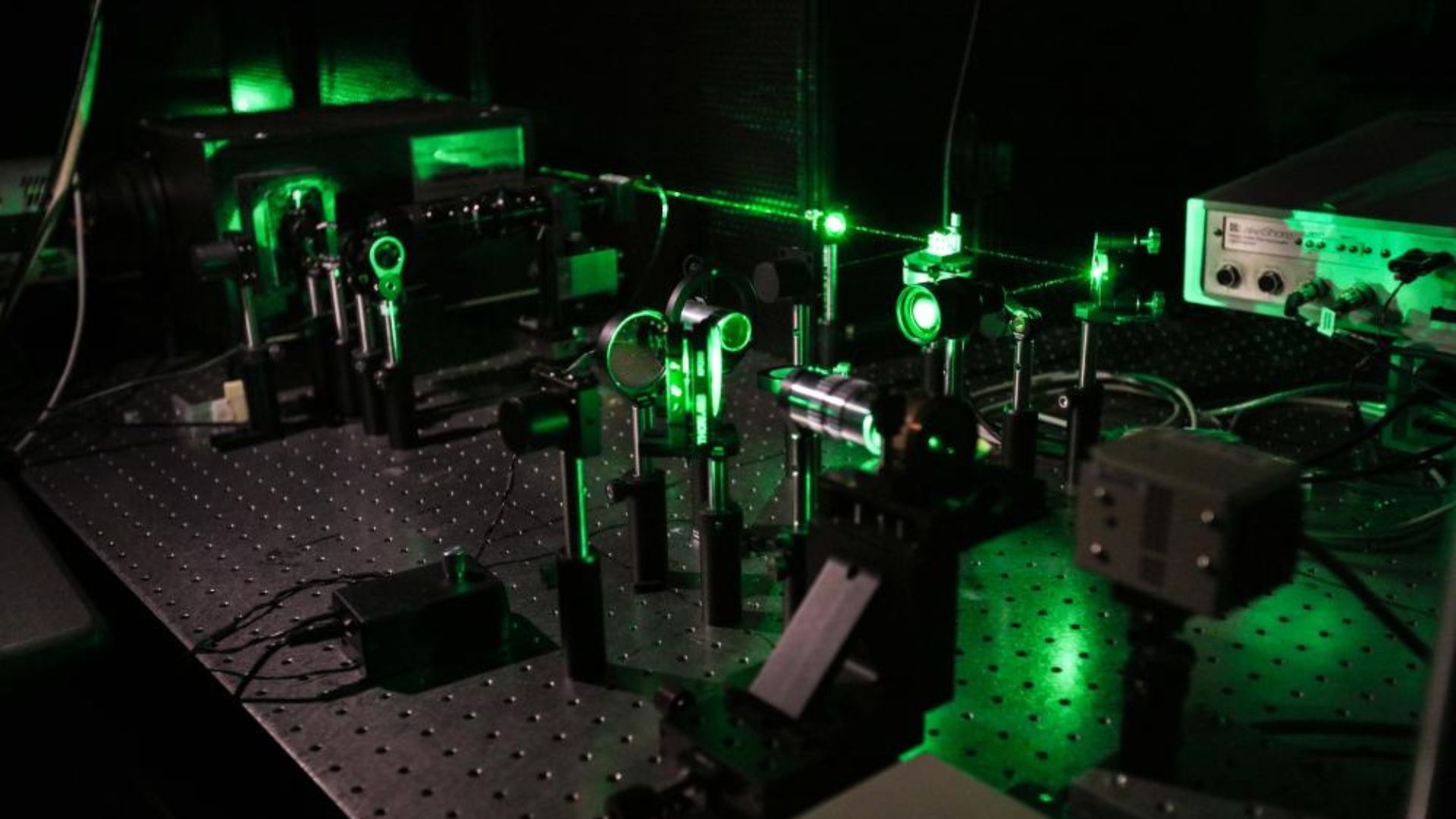What if a single COVID-19 infection could make your arteries behave as though they were 5 to 10 years older? That unsettling possibility emerges from the CARTESIAN study, the largest multinational investigation yet into the pandemic’s hidden impact on the cardiovascular system. Recently published in the European Heart Journal, it tracked nearly 2,400 participants across 18 countries and found that survivors of COVID-19 had stiffer arteries — a recognised marker of “vascular ageing” — compared to those never infected. The effect was most pronounced in women, whose arteries showed changes equivalent to an extra decade of age.
“The pulse wave velocity in women after COVID corresponded to that of women five to ten years older,” said Rosa Maria Bruno, lead author and cardiologist at Inserm, France’s National Institute of Health and Medical Research, in Paris.

Why it matters
As arteries stiffen, the heart pumps harder, blood pressure rises, and the risk of heart attack, stroke, kidney disease, and dementia increases. Unlike wrinkles, these vascular changes are invisible until serious events occur. That is what makes CARTESIAN worrying. The WHO estimates nearly 700 million people worldwide have survived COVID. If even a fraction experience accelerated vascular ageing, the long-term healthcare burden could be significant. Notably, stiffening appeared even in survivors of mild infections.
What the study did
CARTESIAN — short for COVID-19 effects on ARTErial StIffness and vascular AgeiNg — asked whether COVID leaves a vascular imprint. Researchers from 38 centres across 18 countries recruited 2,390 adults, average age 50, about half of them women. Groups included uninfected controls and three survivor categories: non-hospitalised, hospitalised, and intensive care. Tests were performed around six months after infection, with follow-ups at twelve months.
The team measured carotid-femoral pulse wave velocity (PWV), a gold-standard indicator of arterial stiffness. PWV tracks how fast blood pressure waves travel: the stiffer the artery, the faster the wave. Comparing COVID-positive groups with controls revealed whether infection accelerated ageing.
What they found
Results were clear. Every COVID-positive group had stiffer arteries than controls. After adjusting for age, sex, blood pressure, diabetes and smoking, survivors still showed PWV about 0.4 metres per second faster — equivalent to arteries five years older. The effect, however, was striking only in women. They showed higher stiffness regardless of illness severity, and ICU patients had the equivalent of an extra decade of ageing.
Persistent symptoms mattered. Women with fatigue, breathlessness or muscle aches months later — often labelled “long COVID” — had even stiffer arteries. “Women mount a stronger immune response, which protects them during infection, but if that response lingers, it can damage blood vessels,” Dr. Bruno explained.

Vaccination and recovery
One hopeful signal was that stiffening did not worsen indefinitely. In a subgroup followed for about a year, survivors’ stiffness stabilised or slightly improved, while controls showed the gradual increase expected with normal ageing. Still, the damage did not vanish. “No return to baseline has been observed,” Dr. Bruno cautioned. “An improvement has been observed mostly in very severe cases, whereas PWV is mostly stable in most individuals.”
Vaccination blunted the impact, particularly in women. Those with at least one dose had lower stiffness than unvaccinated peers.

The debate
Not all cardiologists are convinced though. Balbir Singh, group chairman of cardiac sciences at Max Healthcare, Delhi, urges caution. “I don’t think we can make very firm conclusions based on the Cartesian study, ” he said, citing the absence of pre-COVID baseline data as a major limitation. “These findings suggest arterial stiffness could be accelerated in patients who had COVID, but do not conclusively prove it.” From his own practice, Dr. Singh adds, he has not observed a marked shift. “Are we seeing higher hypertensive patients than before? I’m not seeing that. Am I seeing those who went into the ICU during COVID now coming back with heart problems? I’m not seeing that.”
Elsewhere, clinicians have been drawing different lessons from what they encounter. At the Cleveland Clinic, a nonprofit academic medical centre based in Ohio, U.S., Stanley Hazen has argued that a history of COVID-19 should inform preventive care, based on his research connecting the virus to heart problems, stroke, and death. “As clinicians, we should consider a patient’s history of prior COVID-19 when formulating cardiovascular prevention plans — these effects [his findings] are not a small subgroup finding but a global signal that will translate into more cardiovascular disease,” he said

Observations from other centres echo this. Dara Lee Lewis—writing from Brigham and Women’s, a teaching hospital of Harvard Medical School, U.S.—described cases of myocarditis and persistent palpitations in previously healthy individuals. Meanwhile, Bruce Levy, of the same hospital, points to autonomic dysfunction such as POTS (Postural Orthostatic Tachycardia Syndrome) — where the heart races upon standing — as an example of how COVID can disrupt vascular regulation in practice. At Mount Sinai in New York, physicians using advanced imaging have detected signs of inflammation in the hearts and large vessels of patients who had only mild infections.
Dr. Bruno acknowledged that longer follow-up is indeed required, but stresses that the sex-specific pattern is robust across countries. “COVID-19 is associated with early vascular ageing in the long term, especially in women,” she said. Dr. Singh however remains cautious. “This study doesn’t change my practice in any way.” Others are already moving in another direction. Commenting on the CARTESIAN study, Syed Bukhari of the department of cardiovascular medicine, Johns Hopkins University, U.S., said “for clinicians, routine cardiovascular risk stratification in patients with post-acute COVID-19 syndrome — especially females — should be emphasised.”

India’s picture
CARTESIAN, like most large European studies, was not representative of South Asia. “A small proportion identified as Asian, and while their arteries appeared less stiff than Western participants in the uninfected group, this difference disappeared after COVID — suggesting the virus erased any ethnic advantage,” Dr. Bruno noted.
According to Dr. Singh, stiffness testing, though an easy test, is not routine in the clinical setting as it is not a definitive tool. For India, that gap leaves open an urgent question. If COVID might accelerate vascular ageing elsewhere, what does it mean for a population already carrying one of the heaviest burdens of cardiovascular disease worldwide? Without rigorous homegrown data — the kind that is now guiding international researchers and physicians — the risk remains largely invisible.
Published – September 19, 2025 06:00 am IST








